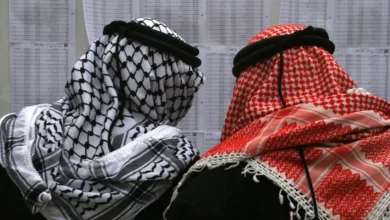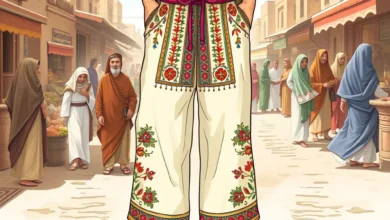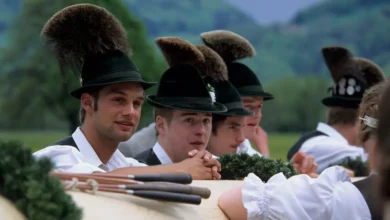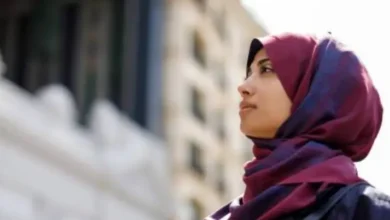The image of the gaucho, the Argentine cowboy, is deeply embedded in the cultural landscape of South America. More than just a rancher, the gaucho embodies a spirit of independence, resilience, and connection to the land.
A significant aspect of this iconic figure is their distinctive clothing, each piece telling a story of practicality, tradition, and identity. This article will delve into the fascinating world of gauchos clothing, exploring its history, significance, and enduring appeal. We’ll unravel the different elements, their purpose, and how they continue to resonate even in modern fashion.
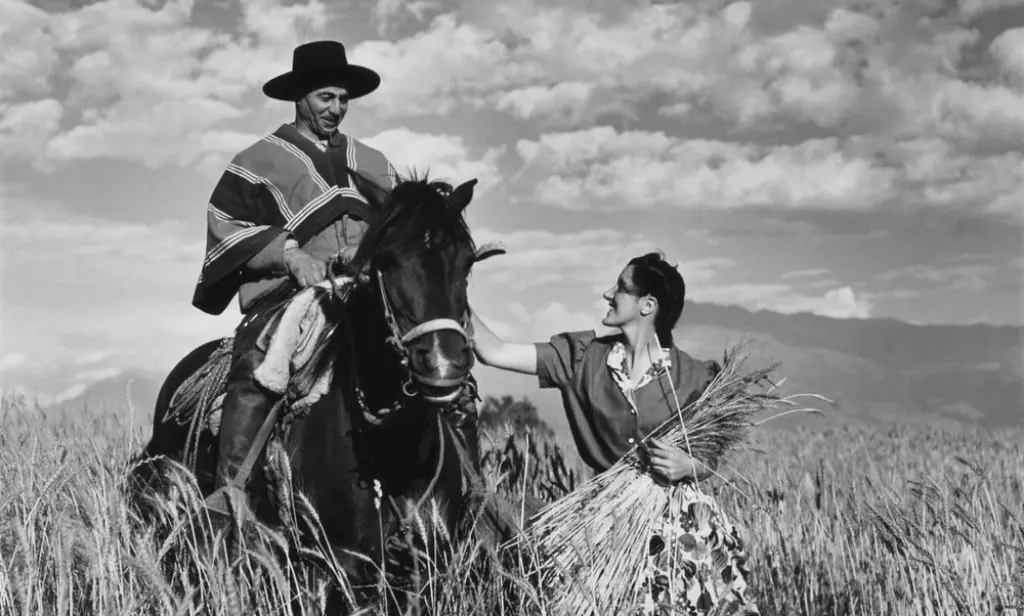
The Historical Roots of Gaucho Attire
The origins of gaucho clothing are intertwined with the history of Argentina. Beginning in the 18th century, as cattle ranching expanded across the vast pampas, a distinct culture emerged. The early gauchos were often mestizos, individuals of mixed Spanish and Indigenous heritage, who adapted to a nomadic lifestyle, herding cattle and working the land. Their clothing evolved out of necessity, reflecting both their environment and their activities.
Early garments were crafted from readily available materials such as hides, wool, and basic woven fabrics. These practical items offered protection from the harsh weather conditions of the pampas – intense sun, strong winds, and dramatic temperature swings.
See also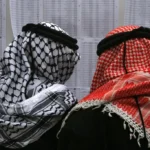 Keffiyeh: A Symbol of Heritage, Resistance, and Global Fashion
Keffiyeh: A Symbol of Heritage, Resistance, and Global FashionOver time, some of the styles became standardized, incorporating elements from Spanish colonial attire and Indigenous practices, solidifying their unique cultural status. This evolution resulted in the distinctive look we associate with gaucho clothing today.
Key Elements of Gaucho Clothing
Let’s explore the key components of a traditional gaucho outfit, understanding the function and significance of each item:
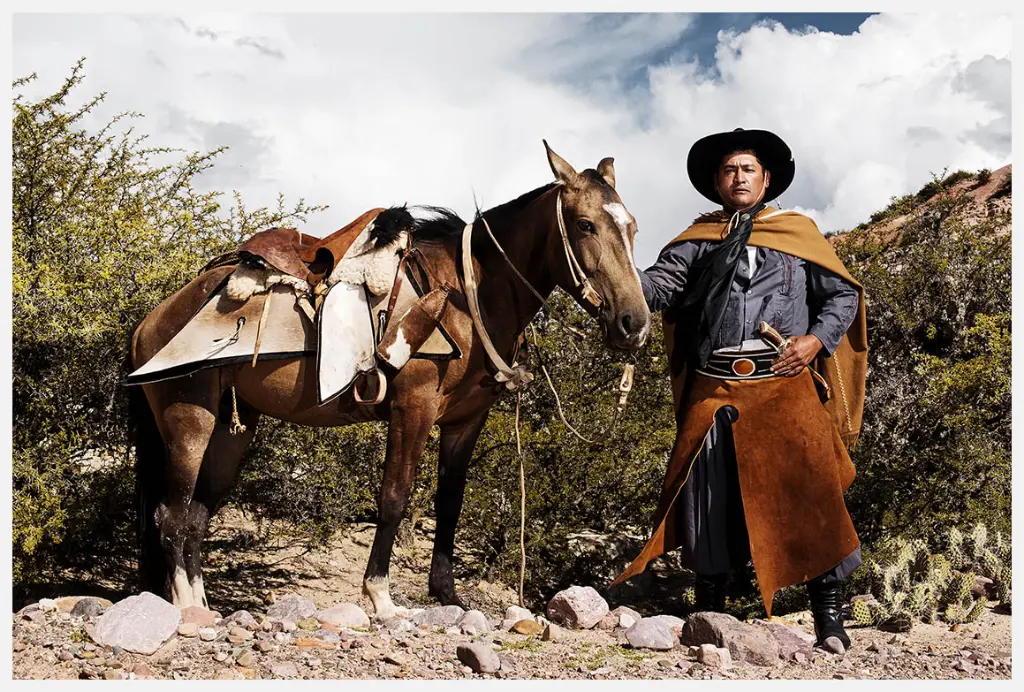
The Poncho: A Multipurpose Essential
Perhaps the most iconic piece of gaucho clothing, the poncho is a large, rectangular piece of fabric with a central opening for the head. Often made of wool or other durable materials, the poncho served multiple purposes. It provided warmth during cold nights and protection from rain and wind. It could also be used as a blanket, a makeshift shelter, or even a saddle pad.
The color and pattern of a poncho can sometimes denote the region or the wearer’s family tradition. Its versatility and practicality have solidified its place as a staple of gaucho clothing.
See also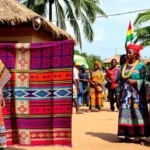 Kente Cloth: A Symbol of Ghanaian Identity and Cultural Pride
Kente Cloth: A Symbol of Ghanaian Identity and Cultural PrideThe Bombachas: Comfortable and Functional Trousers
Bombachas are loose-fitting trousers that are distinctive to gaucho attire. These pants are baggy around the hips and thighs, tapering down at the ankles. This design allowed for freedom of movement while riding horses, an essential aspect of the gaucho’s life.
Originally made from durable materials like wool or cotton, bombachas are comfortable and practical for long days in the saddle. Modern versions can sometimes be found in different fabrics, but the classic baggy design remains a signature element.
The Faja: A Symbol of Strength and Tradition
The faja is a wide belt or sash, typically made of wool or leather, worn around the waist. It serves several purposes: it helps support the lower back, provides additional warmth, and holds up the bombachas. Traditionally, fajas were often adorned with embroidery or patterns, signifying the wearer’s individuality and regional identity. Beyond its practical function, the faja is a powerful symbol of the gaucho’s strength and connection to tradition.
The Rastras: A Decorative Touch
Rastras, elaborate silver or metal belts worn over the faja, are more decorative than functional. They were a way for gauchos to display their wealth and status, often adorned with coins, silver studs, or intricate designs. The rastra could be a family heirloom passed down through generations, adding a personal touch to the outfit and reflecting the wearer’s heritage.
The Alpargatas: Practical Footwear
Alpargatas are simple, lightweight shoes traditionally made of canvas or cotton with rope soles. These were the most common type of footwear worn by gauchos. Practical, inexpensive, and allowing for comfort and grip on the pampas terrain, they were ideal for working on horseback or on foot. While leather boots are sometimes worn today, alpargatas remain a classic element of gaucho clothing.
The Sombrero: Protection from the Elements
A wide-brimmed hat, typically called a sombrero, is crucial for protecting the gaucho from the intense sun. These hats are usually made of felt or leather and may have a simple or decorated band. The shape and style of the sombrero can vary by region, but its essential function – protection from the elements – remains constant. They are very often a key part of what makes up traditional gauchos clothing.
The Facón: More than a Knife
While not technically clothing, the facón, a large knife, is an essential accessory of the gaucho. Carried on a belt, the facón was a practical tool for various tasks from cutting rope to skinning hides. It also held symbolic significance as a symbol of bravery and independence. The facón is not only practical but an integral part of the gaucho’s identity.
Materials and Craftsmanship
The materials used in gauchos clothing were traditionally sourced locally. Wool from sheep was a primary material for ponchos, fajas, and some bombachas, while leather from cattle was used for belts, hats, and other accessories. Traditional techniques like weaving, tanning, and embroidery were employed to create durable and aesthetically pleasing garments. Much of the gauchos clothing was made by the gauchos themselves or by members of their families.
The quality of the material and the level of craftsmanship were often an indication of a gaucho’s skill and wealth. Intricate embroidery patterns on fajas or detailed work on a rastra could tell stories about the gaucho’s family history and regional identity. This commitment to quality and detail highlights the importance of traditional skills in the culture of gaucho life.
Regional Variations and Styles
While there are common elements to gauchos clothing, regional variations in style and material do exist. These variations often reflect the climate, terrain, and local traditions of different areas within Argentina and neighboring countries like Uruguay and southern Brazil. For example, in colder regions, heavier wool materials and more layers might be common, while in warmer areas, lighter fabrics may be preferred.
Furthermore, the colors, patterns, and adornments on items such as ponchos and fajas can vary significantly from region to region. These variations added to the richness and diversity of gaucho culture and acted as visual markers of identity and belonging. Exploring these subtleties reveals a deep appreciation for regional individuality.
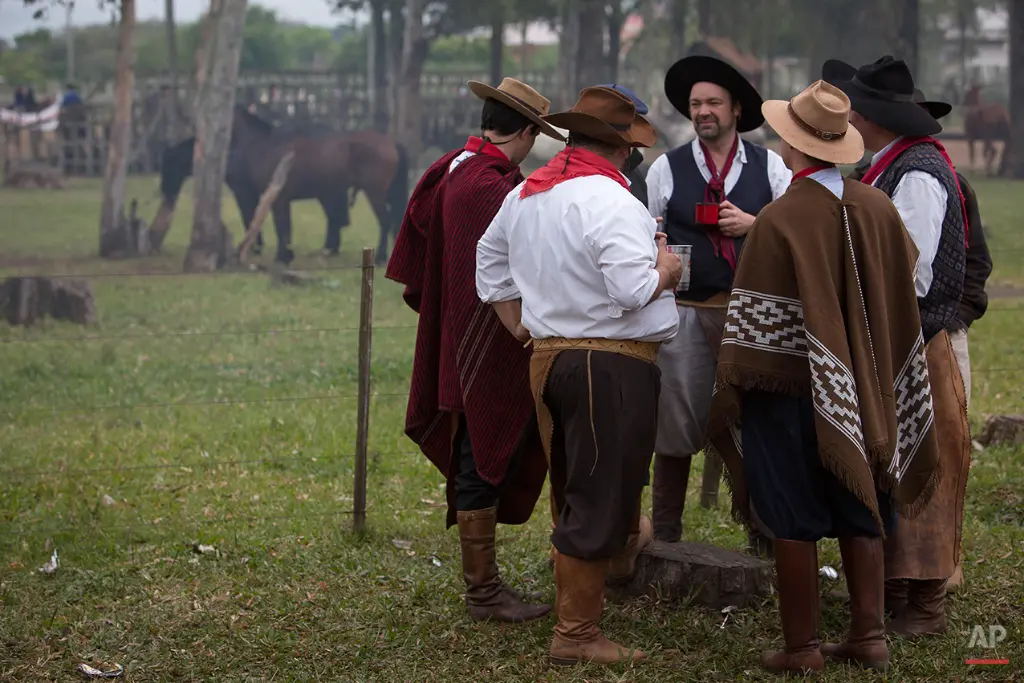
Gaucho Clothing in Modern Times
While the lifestyle of the gaucho has changed over time, the traditional attire remains a powerful symbol of Argentine identity. Gauchos clothing has been reinterpreted and adapted in various ways in modern fashion, often drawing inspiration from the classic styles but incorporating new fabrics and designs. Many rural Argentine men, particularly those who work on ranches, still wear traditional attire, preserving their heritage.
The appeal of gaucho clothing extends beyond Argentina, with elements like ponchos and alpargatas gaining popularity in fashion worldwide. The enduring appeal lies in the blend of practicality, comfort, and cultural significance that these garments represent. They connect us to a rich history and evoke a sense of adventure and freedom.
Furthermore, events such as traditional festivals and rodeos across Argentina provide opportunities to see the traditional garments worn in their original context. These celebrations help keep the culture and style of gauchos clothing alive and vibrant.
The Lasting Legacy of Gaucho Attire
Gauchos clothing is more than just a set of garments; it embodies a culture, a history, and a connection to the land. Each item, from the functional bombachas to the expressive poncho, speaks volumes about the gaucho lifestyle and the values associated with it. It represents a history of resourcefulness, resilience, and individuality.
This clothing continues to inspire artists, designers, and individuals, who recognize the timeless beauty and functionality of the style. By appreciating and understanding the origins and significance of gauchos clothing, we can gain a deeper appreciation for Argentine culture and the enduring spirit of the gaucho.
In conclusion, gauchos clothing is a rich tapestry woven from practicality, tradition, and cultural expression. From the versatile poncho to the comfortable bombachas and the decorative rastras, each element tells a story of the gaucho’s life on the pampas. This attire, born from necessity, has transformed into an enduring symbol of Argentine identity and continues to captivate people across the globe.
By exploring and appreciating the details of gauchos clothing, we connect with a unique piece of history and cultural heritage. The distinctive garments of the Argentine cowboy remain an important part of their heritage.

